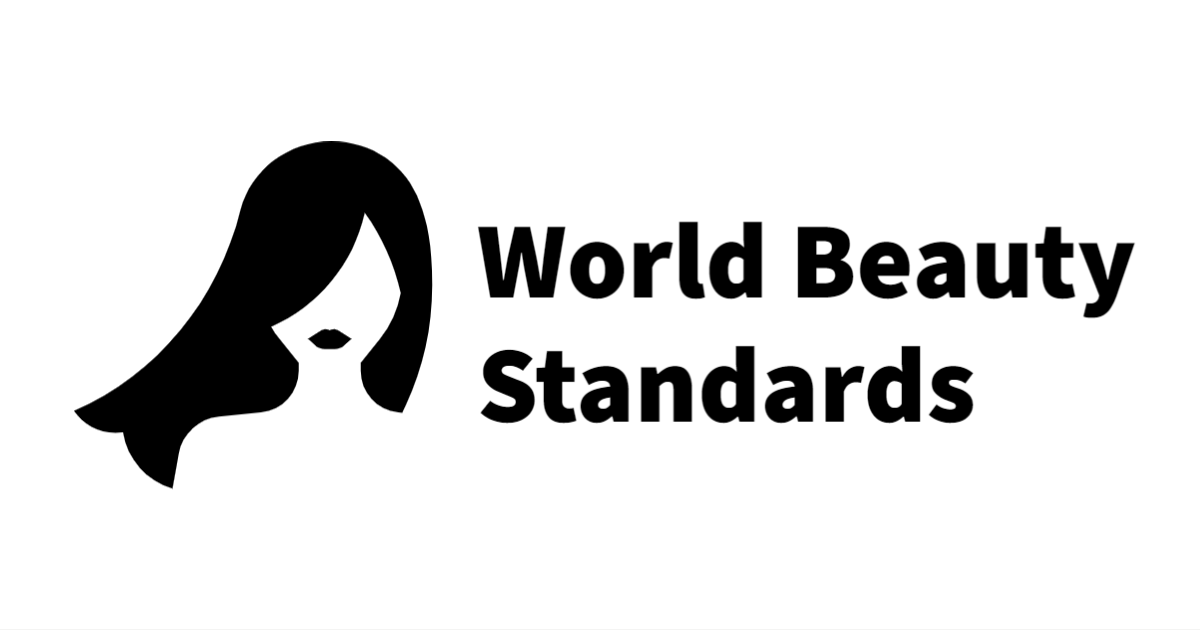politicalphishing.com – Beauty standards are as diverse as the cultures that define them, yet they share a common thread in shaping societal norms and personal aspirations. The concept of beauty is not universal; it is a mosaic of ideals that vary across different regions, influenced by history, media, and societal values. This article embarks on a global journey to explore the multifaceted nature of beauty standards, creating an aesthetic atlas that maps these diverse perceptions worldwide.
The Evolution of Beauty Standards
Throughout history, beauty standards have been in constant flux, often reflecting the cultural, social, and economic landscape of the times. From the voluptuous figures of the Renaissance to the slender silhouettes of the 1920s, beauty has been a mirror to society’s shifting values. Today, with the advent of global media and the internet, these standards are more accessible and influential than ever, yet they remain as varied as the cultures that uphold them.
Asia: The Pursuit of Pale Perfection
In many parts of Asia, particularly in countries like South Korea, Japan, and China, pale skin has long been associated with beauty and high social status. This standard dates back centuries, where fair skin was a sign of wealth and leisure, as opposed to the tanned skin of laborers who toiled outdoors. Today, this ideal persists, with a booming market for skin-whitening products and treatments.
Africa: The Celebration of Skin Tones
In contrast, many African cultures celebrate a wide range of skin tones, with beauty standards that embrace the diversity of the continent. However, the influence of Western and global media has also led to the promotion of lighter skin tones in some regions, sparking debates about self-acceptance and cultural identity.
Europe: The Diversity of Beauty
Europe, with its rich tapestry of cultures, exhibits a variety of beauty standards. From the classic beauty of the Mediterranean to the ethereal looks of Scandinavia, each region has its unique aesthetic. Despite the continent’s diversity, there is a growing movement towards natural beauty and body positivity, challenging traditional standards.
The Americas: A Blend of Influences
The Americas, a melting pot of cultures, showcase a blend of beauty standards influenced by indigenous, European, and African roots. In the United States and Brazil, for example, the ideal of beauty is increasingly inclusive, reflecting the multicultural societies they are. Yet, the pressure to conform to certain body shapes and sizes remains a significant aspect of the beauty industry.
The Impact of Global Media
The advent of global media has had a profound impact on beauty standards worldwide. Social media platforms, in particular, have become arenas where beauty ideals are both celebrated and challenged. Influencers and celebrities from different parts of the world shape and reshape perceptions of beauty, making it more accessible and diverse yet also more homogenized.
Conclusion
The aesthetic atlas of beauty standards worldwide is a testament to the diversity and complexity of human culture. While global media has brought these standards closer together, the unique beauty ideals of each culture continue to thrive. As we navigate this ever-changing landscape, it’s crucial to celebrate the diversity of beauty and challenge the narrow standards that seek to define it. In doing so, we can foster a more inclusive and accepting global society, where beauty is recognized in all its forms.
